문예연구가가 말하는 예술과 함께하는 세계일주

지구가 만든 예술작품으로도 불리는 아름다운 풍경들로부터 유명한 명작 소설과 노래의 무대가 된 나라와 지역, 건축물까지. 세계일주 크루즈로 방문하는 지구는 방문객을 매료시키는 감동이 가득합니다. 문예연구가로 세계각지를 방문하고 그 감동을 전하는 Kajipon Maruko Zangetsu씨의 이야기를 소개합니다. 글 Kajipon Maruko Zangetsu(카지폰 마르코 잔게츠) 문예연구가, 묘지 방문가. 대학생 시절 문예연구회를 만든 이후 35년간 세계의 101개국, 2,500명 이상의 묘지를 방문. 본인이 만들어낸 단어 "묘지 방문가"는 현대용어의 기초지식사전에도 기재가 되어있다. 저서로 "묘지 방문가, 카지폰의 세계음악가 순례기"등 다수.

여행의 이유는 여행을 떠나는 사람의 숫자만큼 다양합니다. 저의 경우는 존경하는 예술가, 그리고 위대한 작가등 역사상의 위인들을 흔적을 찾아 그들이 실제 이 세계에 존재하였음을 체감하고 싶어 해외 여행을 떠나게 되었습니다. 예술가들의 생가, 그리고 묘지를 방문하면 간접적으로 접하던 고인들의 존재감이 보다 가까워 짐을 느낄 수 있습니다.
예술, 혹은 문학이라는 말을 하면 뭔가 현학적이고 어려운 느낌이 들지도 모릅니다. 하지만 개인적으로 다소 어렵게 느껴지는 이러한 분야가 쉽게 느껴지게 하는 화두가 있습니다. 바로 "어째서 오늘날 까지 남아 있게 되었을까" 라는 질문입니다. 과거부터 지금까지. 별의 숫자만큼 헤아리기 힘들 정도로 많은 음악, 회화, 문학작품들이 있지만 어째서 오늘날 까지 전해지는 작품들이 있는 것일까? 어쨰서 과거의 사람들은 이들 작품을 선택하여 후대에까지 남겼을까? 이런 생각을 하게 되면 다소 어렵고 고리타분하게 느껴지는 작품들도 호기심을 자극하고 좀 더 이들 작품에 대해 알고 싶어 지게 합니다.

우리가 가지는 "공감력"은 우리가 생각하는 이상으로 큰 힘을 가지고 있습니다. 예술은 다른 사람의 마음의 움직임을 어떠한 형태로 한 것이라고도 말할 수 있습니다. 이러한 예술의 이해는 공감력이 있기에 작품을 해석하게 되고, 작품을 보고 저마다의 감정을 느끼게 됩니다. 유명한 음악가 베토밴의 음악이 오늘날까지 전해진 것은 배토밴의 가족도, 친척도 아닌 배토밴의 곡을 듣고 감동한 사람들이 계주의 바톤을 넘기듯 후대에까지 이 음악을 전하여 오늘날 우리들도 배토벤의 음악을 들을 수 있습니다.
우리들 인간은 비록 문화나 국적이 달라도 다른점 보다는 공통점이 많음을 이러한 예술작품의 계승을 보면서 실감합니다. 민족적인 가치관이 달라도 인간 본연의 희노애락의 감정과 가족애, 우정은 모든 사람이 가지고 있음을 여행, 그리고 여행에서 만나는 예술작품을 통해서 알게 되었습니다.
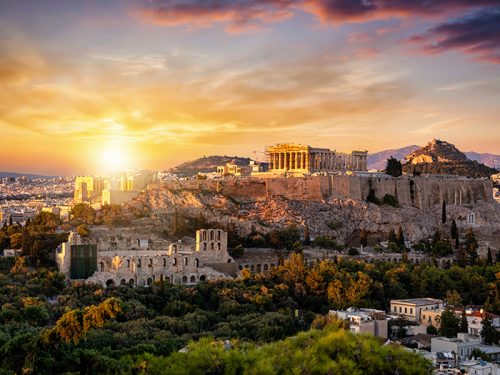
아크로폴리스의 파르테논 신전(그리스)
그리스어로 "높은 마을"을 의미하는 아크로폴리스. 석회암의 언덕에 세워진 파르테논신전은 도시국가 아테네의 황금시대인 기원전 438년, 도시의 수호신 아테네를 기리기 위해 건조되었습니다. 46개의 돌기둥이 신전을 받치고 있으며, 당대에는 신전 내부에 거대한 황금색의 아테네 신상이 있었다고 전해집니다. 파르테논 신전 이외에도 아크로폴리스에는 니케신전을 비롯한 다양한 신전들이 있어 지금으로부터 약 2,500년전 소크라테스나 플라톤이 바라본 풍경이 지금도 남아 과거로 돌아온 듯한 착각마저 들게 하는 장소입니다.
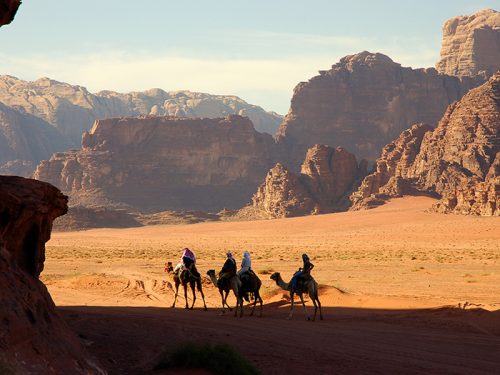
와디럼 (요르단)
적색의 사막이 속에 간간히 보이는 바위산, 바위들, 그리고 밤에는 별및 아래서 캠프도 즐길 수 있는 유네스코 세계문화유산 와디럼. "달의 계곡"이라고도 불리는 요르단 최대의 계곡(와디)에는 고대인들이 남긴 벽화도 볼 수 있습니다. 한번 방문하는 평생 잊을 수 없는 토지로 불리는 아름다운 장소입니다. 와디럼이 자아내는 독특한 풍경은 마치 지구가 아닌 장소의 착각마저 들게 하며 이곳은 과거 영화 "스타워즈", "오딧세이"등의 촬영지로도 유명합니다. 그 외 요르단은 암벽을 깎아 만든 고대도시 "페트라"도 놓칠 수 없는 방문 명소입니다. 핑크색의 암벽을 깎아 조성한 신전의 아름다움은 방문객 누구나를 매료시킵니다.
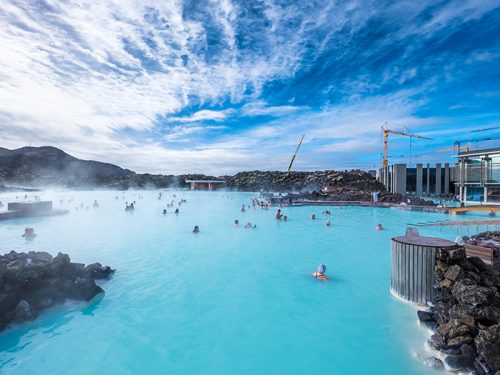
레이캬비크(아이슬란드)
북극권 부근의 화산의 나라 아이슬란드. 약 100개를 넘는 화산이 있어 주기적으로 가스와 뜨거운 물이 솟아 올라오는 간헐천 지대 "그레이트 게이시르"는 최대 60m를 넘는 물높이를 자랑하는 살아 숨쉬는 지구를 느낄 수 있는 명소입니다. 그 외에도 세계 최대의 노천온천으로 불리는 블루라군도 아이슬란드의 방문 명소. 약 50개의 편의점이 모인 너비를 자랑합니다. 그 외에도 아이슬란드는 국토 전역에서 온천이 나와 약 800여곳의 온천이 현재까지 알려져 있습니다. 일면 잦은 화산 활동으로 안전이 염려되기도 하지만 아이슬란드는 높은 국민 행복도를 자랑하는 나라이며 이 중에는 이 수 많은 온천들도 이유가 아닐까요.
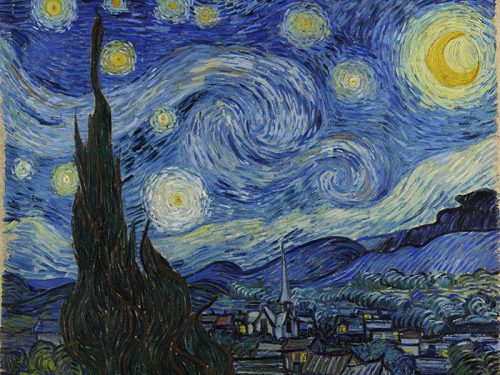
뉴욕(미국)
지구에서 가장 자극적인 마천루의 도시. 다양한 인종이 공생하는 도시이자, 이문화 교류를 통한 파워풀한 에너지가 도시를 발전시켜 왔습니다. 뉴욕에는 사는 사람만큼 다양한 볼거리가 매력적인 도시입니다. 고흐의 "별,달,밤"이 대표적인 소장품으로 있는 뉴욕근대미술관을 비롯해 메트로폴리탄 미술관, 타임스퀘어, 국제연합 본부, 맨하탄의 상징 엠파이어 스트레이트 빌딩(381m), 세계 최대급의 오페라 아수으 메트로 폴리탄 가극장, 공중산책을 할 수 있는 브루클린 다리 등등 헤아리기 힘들 정도로 다양한 명소들이 방문객을 맞이합니다.
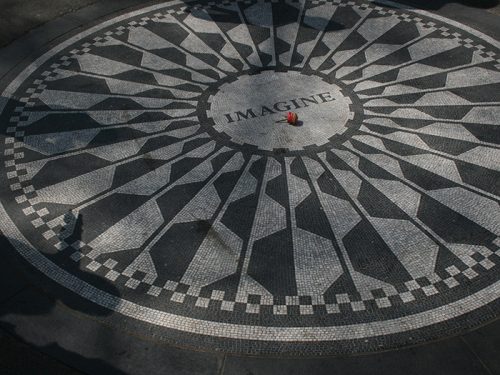
자유와 민주주의의 상징 "자유의 여신상"은 미국 독립 100주년을 기념하여 미국의 독립을 지지한 프랑스가 미국에 보낸 상징물입니다. 오른손에는 세계를 밝히는 횃불을, 왼손에는 독립기념일인 1776년7월4일이 새겨진 독립선언서를 들고 있습니다. 로마 신화에 나오는 자유의 여신 리베르타스가 모티브로 동상이 쓰고 있는 왕관의 7개의 뿔은 7개의 대륙과 7개의 바다를 나타내어 전세계의 사람들이 자유롭기를 바라는 동상입니다. 자유의 여신상 외에도 뉴욕에는 비틀즈의 멤버, 존 레논이 살았던 다코타 하우스가 있습니다. 길을 건너면 바로 센트럴 파크와 이어지며, 공원에는 "Imagine" 이라고 새겨진 존 레논의 메모리얼 광장이 있어 전세계의 많은 비틀즈의 팬들이 그를 추억하는 명소입니다.
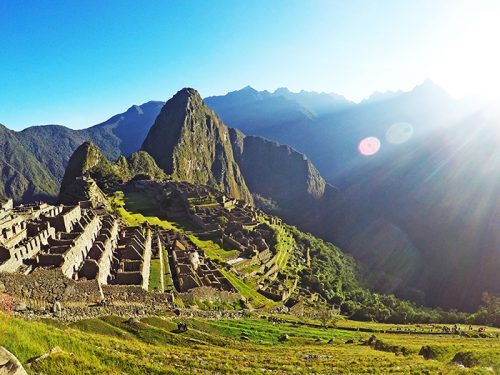
마추픽추(페루)
지구의 많은 세계유산 중에서도 1,2위를 다투는 잉카 문명이 남긴 공중도시. 해발 2,500미터 안데스 산기슭에 조성된 이 도시유적은 13km²의 너비를 자랑하는 유적으로 방문자의 호기심을 자극합니다. 유적 곳곳에서 보이는 돌로 지은 집과 계단식 밭들, 그리고 신전 등에서 당대 잉카인의 뛰어난 토목기술을 엿볼 수 있습니다. 이 유적은 스페인의 침략을 받지 않아 많은 부분이 보전되어 있는 귀중한 자료이며, 해발 2,500미터 유적에서 들려오는 작은 새의 노랫소리를 듣고 있으면 마치 도시가 조성된 당시의 시대로 돌아간 느낌마저 들게 합니다.
PHOTO:PEACEBOAT, Wikimedia Commons / Pharos, Wikimedia Commons / Ismoon, shutterstock.com
